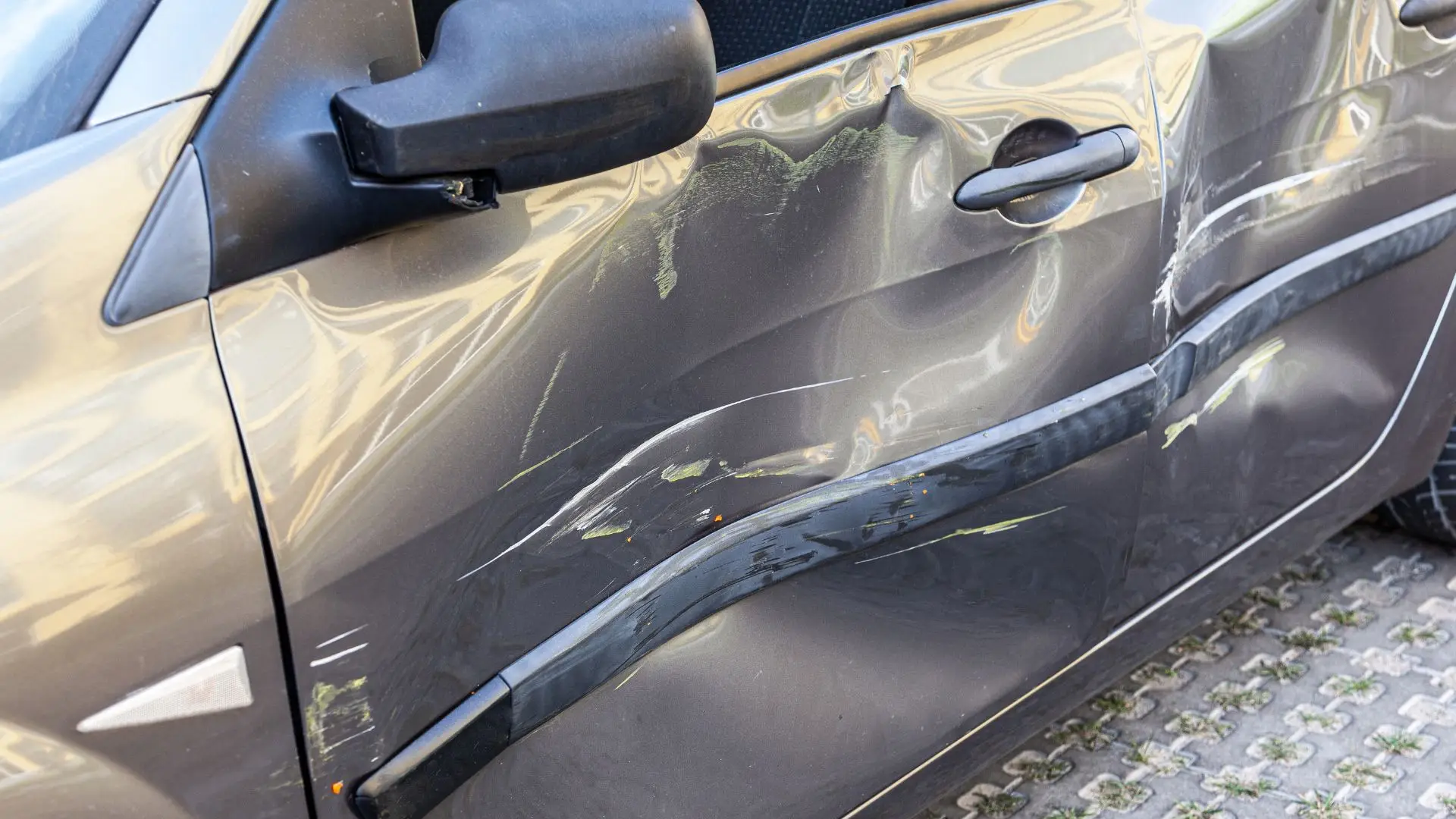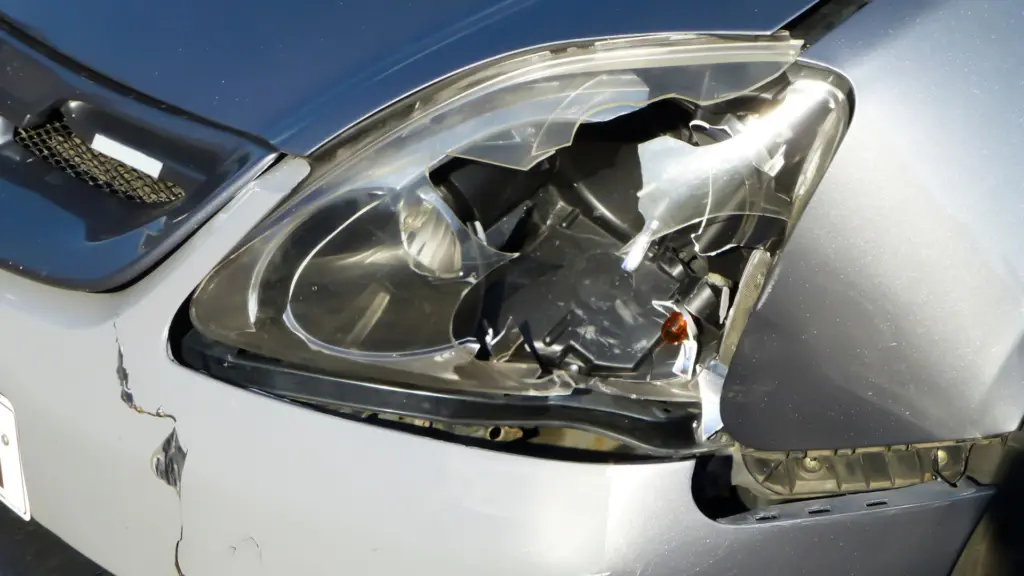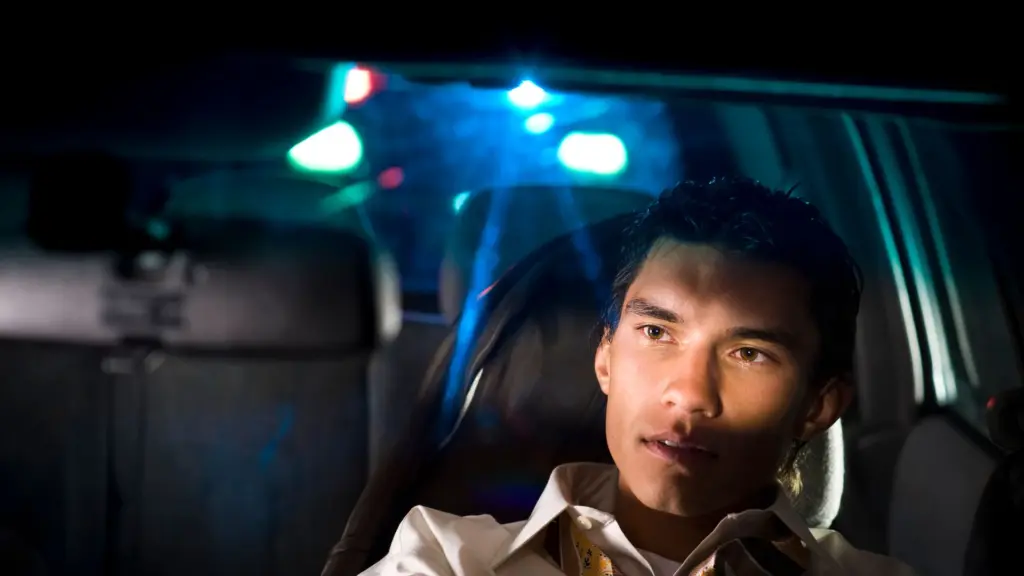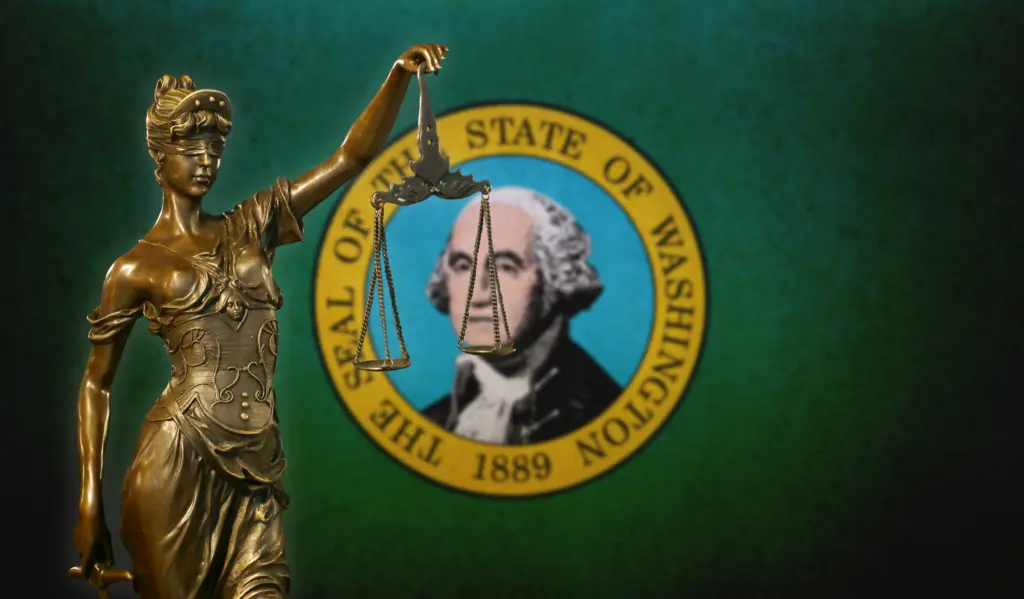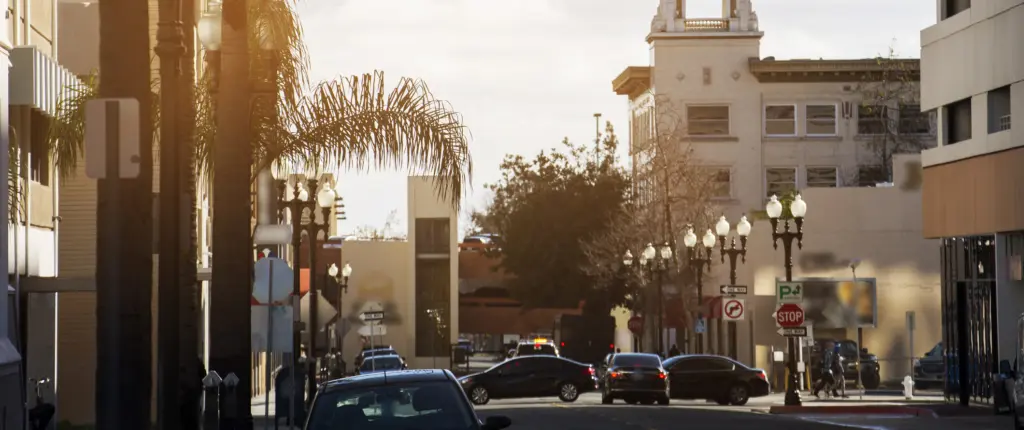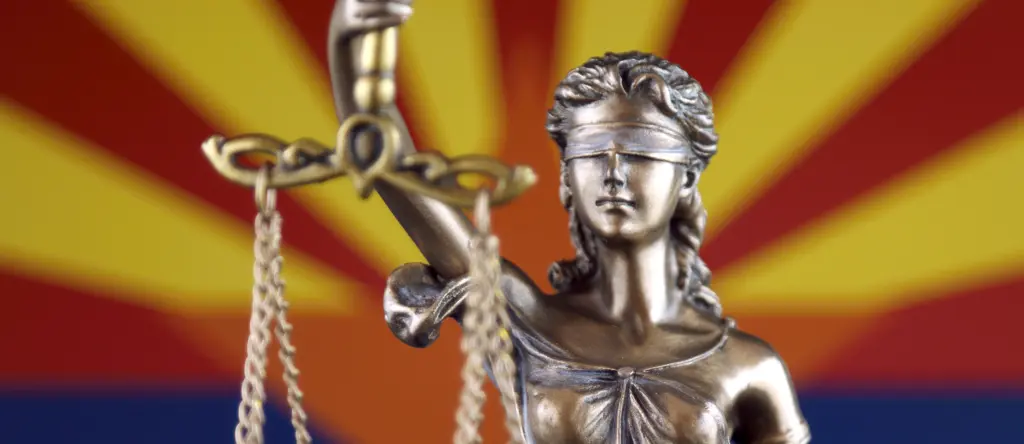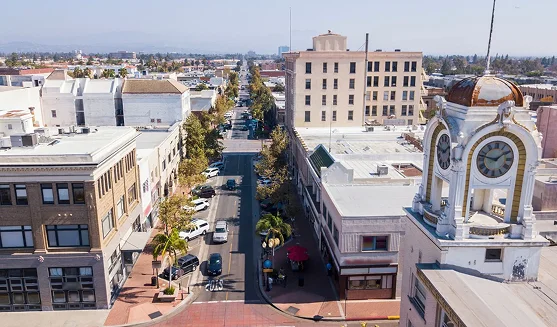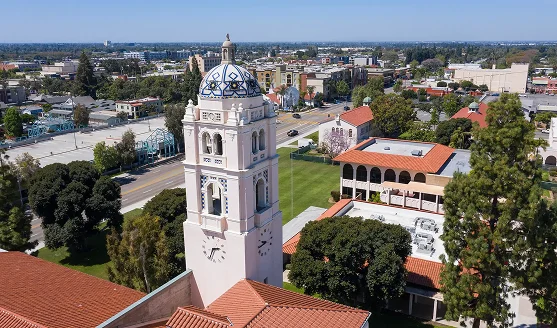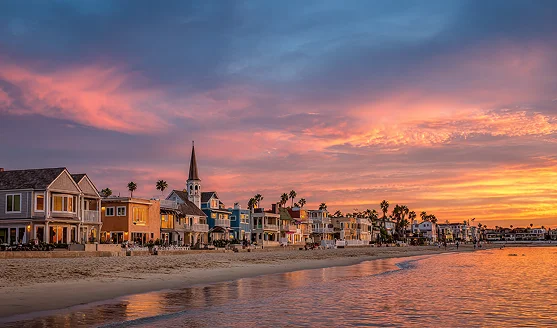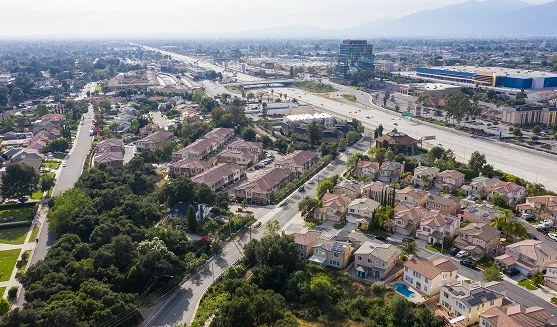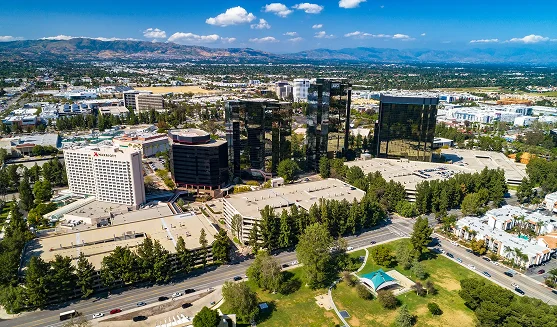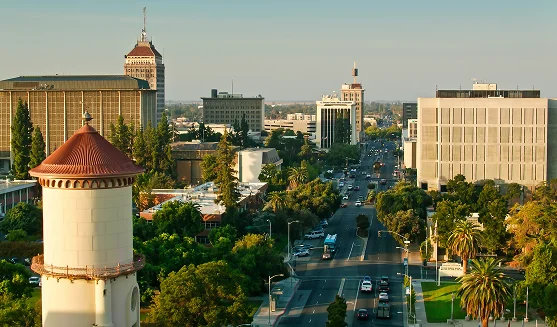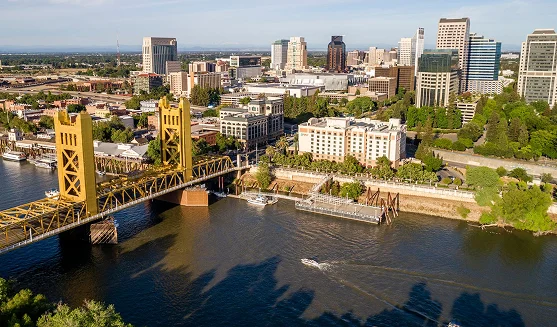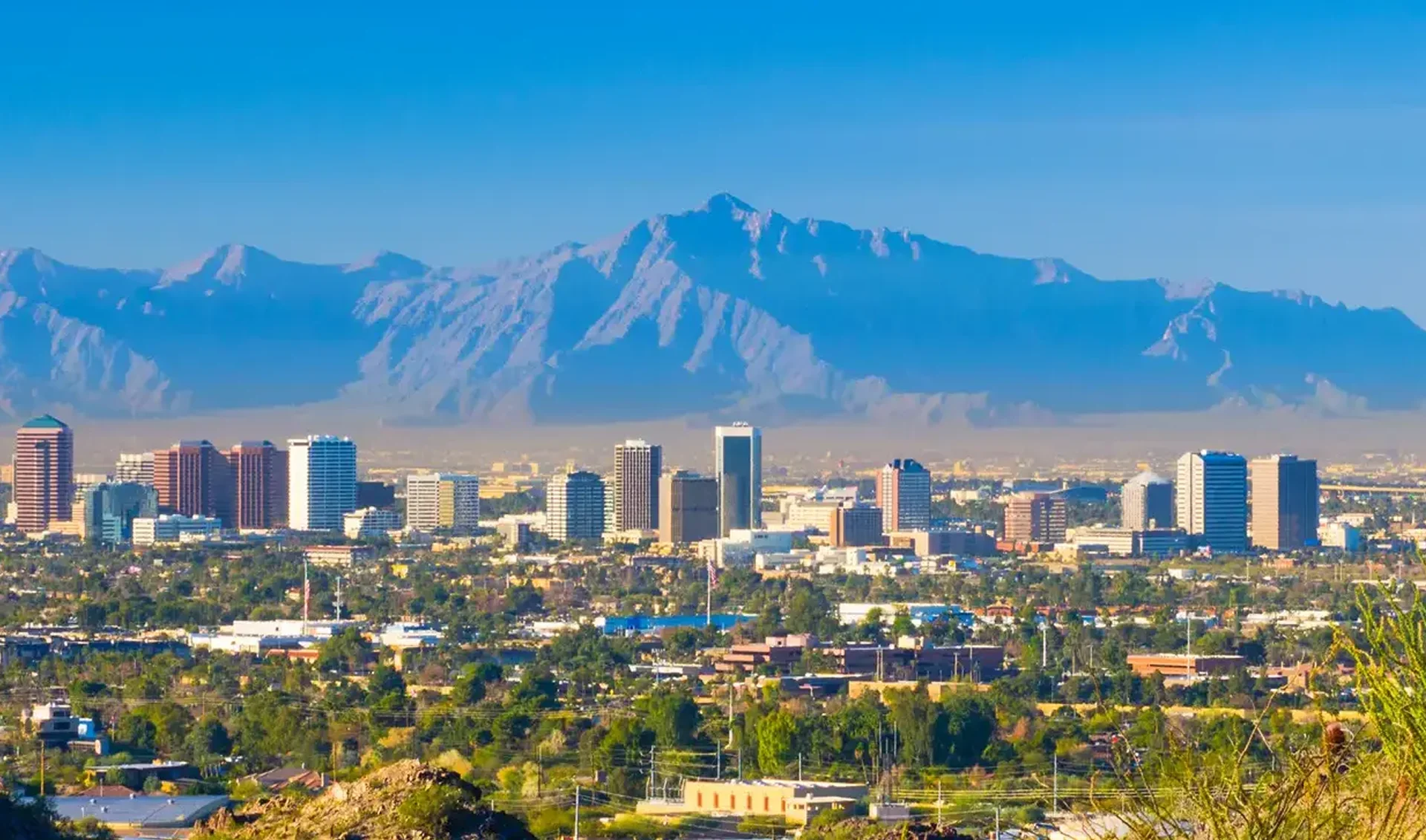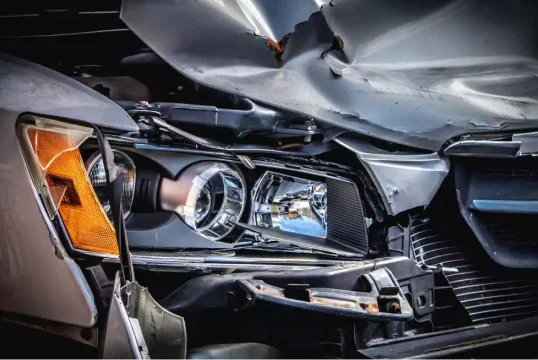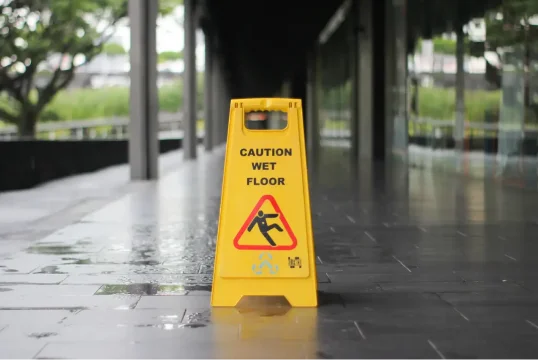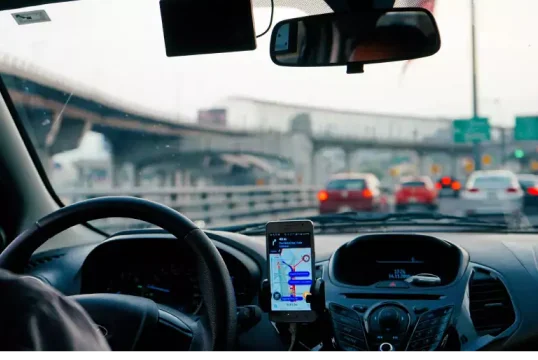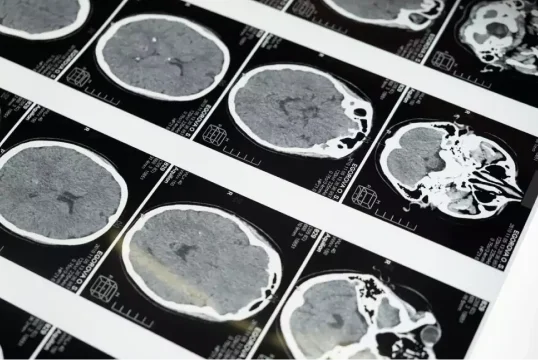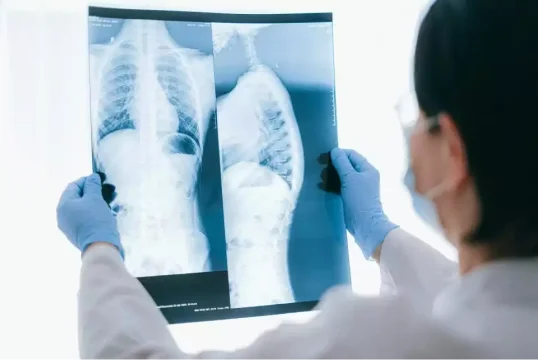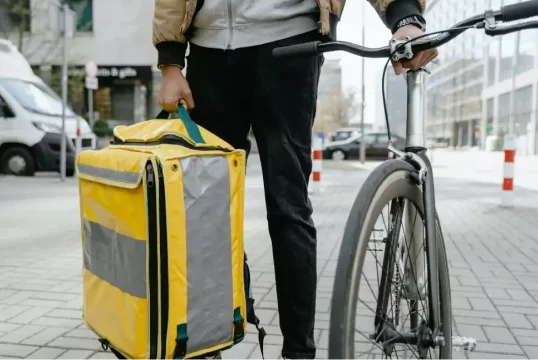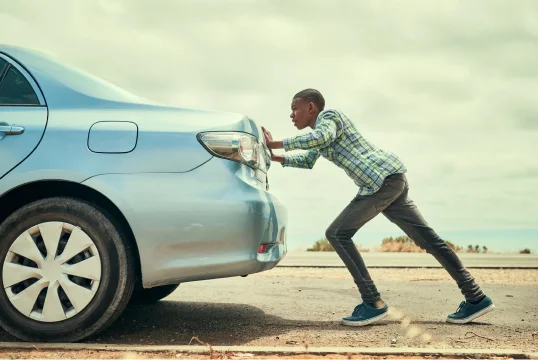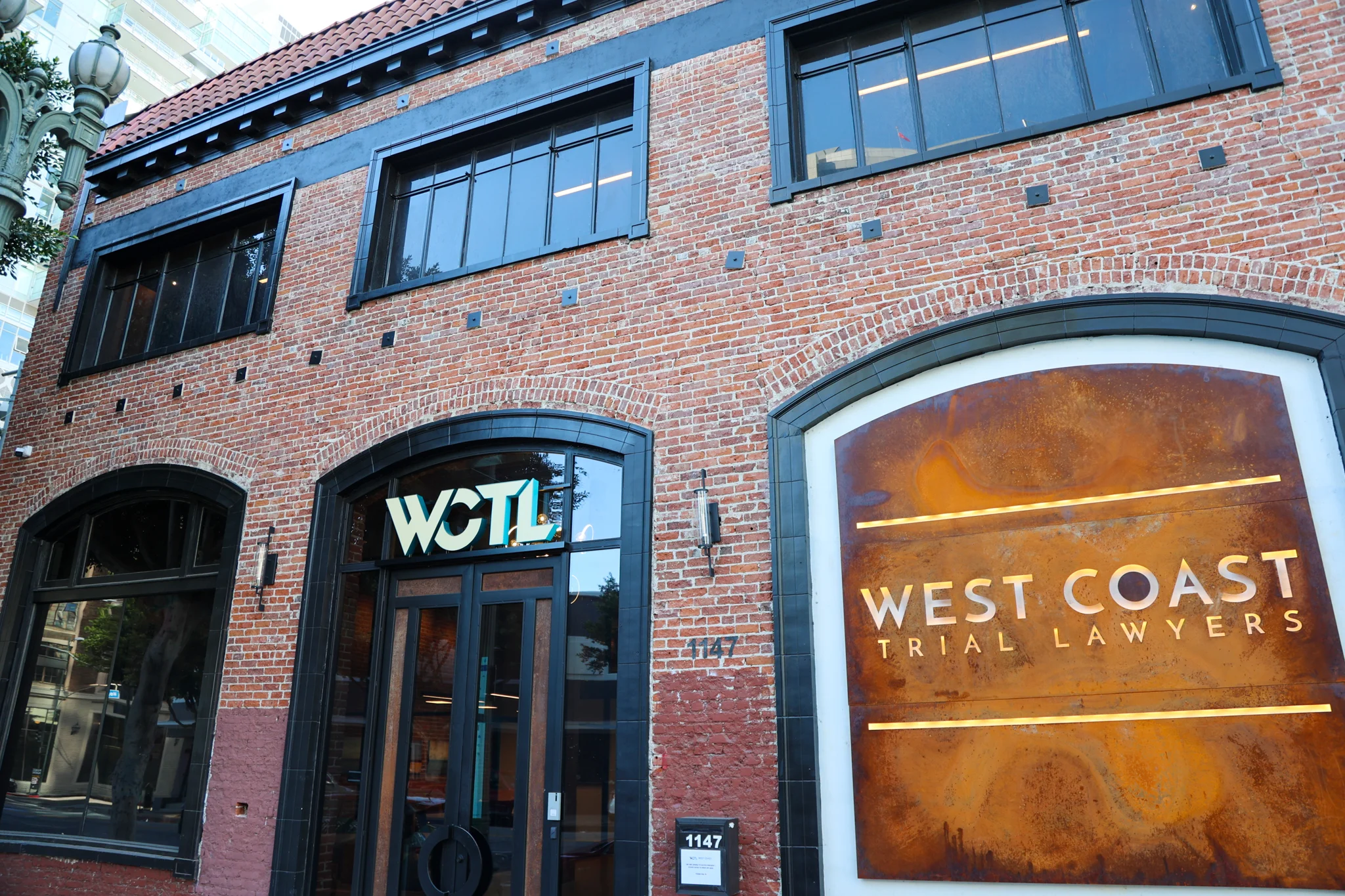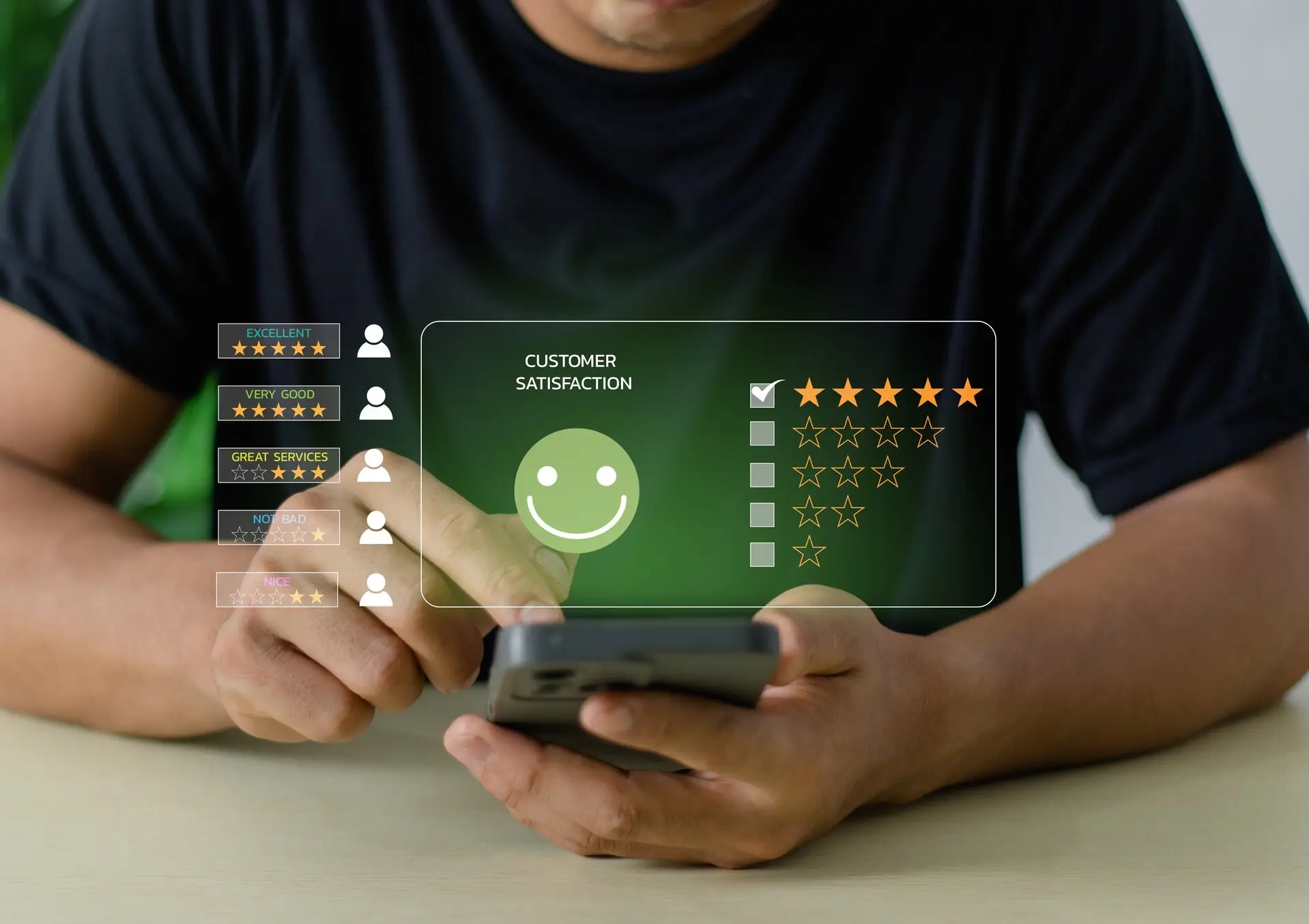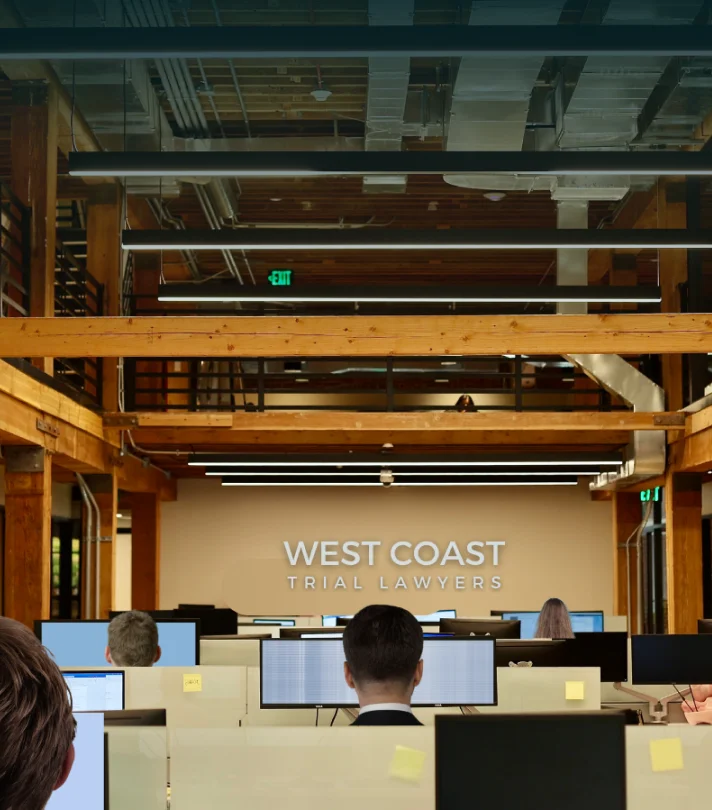You’re driving home on the 405 after a long day. You’re waiting at a red light, maybe thinking about dinner or a weekend plan, when out of nowhere—bam! Another vehicle slams into your rear bumper. Before you can fully comprehend what just happened, that driver speeds off into the night without so much as a glance back.
It’s jarring. It’s unfair. And unfortunately, it happens far more often than you’d think.
In California, hit and run accidents are not only disturbingly common—they’re also incredibly stressful for victims. At West Coast Trial Lawyers, we’ve helped countless clients navigate the chaos that follows these incidents. If you’ve been the victim of a hit and run, here’s what you absolutely need to know.
What Is Considered a Hit and Run in California?
Under California Vehicle Code §20002, a hit and run occurs when a driver involved in a crash leaves the scene without identifying themselves or offering assistance. This could mean leaving after damaging a parked car, injuring a pedestrian, or colliding with another driver. Anyone who flees the accident scene will face up to 6 months in county jail and a fine up to $1,000.
There are two classifications:
- Misdemeanor Hit and Run: Involves property damage only.
- Felony Hit and Run: Involves bodily injury or death.
Whether it’s a dented bumper or a serious injury, California law requires all involved drivers to stop, exchange information, and report the accident.
Fleeing the scene is a crime—and it leaves victims scrambling for answers and support. Depending on the severity of the accident, the guilty party may also face felony charges should the injured party have suffered severe or even fatal injuries.
Step-by-Step Guide: What to Do Immediately After a Hit and Run
1. Prioritize Safety
First and foremost, make sure you and any passengers are safe. If possible, move to the side of the road to avoid further collisions. If anyone is injured, call 911 right away. In these high-stress moments, your safety and health come before anything else.
2. Document Everything You Can
You may only have seconds to observe the fleeing vehicle—but any detail helps.
- Try to remember the make, model, color, and license plate (even partial).
- Note any distinguishing features—bumper stickers, dents, tinted windows, etc.
- Take photos of your car, the scene, street signs, and any debris.
- If possible, record a voice memo of everything you remember before details fade.
3. Talk to Witnesses
Witnesses often notice details you missed. Ask anyone nearby—pedestrians, other drivers, store clerks—if they saw what happened. Collect names and contact info. Witness statements can make or break your case.
4. File a Police Report
Even if damage seems minor, a police report is critical. California law mandates reporting an accident that results in injury, death, or property damage over $1,000. Visit your local police department or call non-emergency dispatch to file the report.
Pro Tip: Be factual. Avoid guesses or speculation. Let the evidence speak for itself.
5. Notify Your Insurance Company
Call your insurer as soon as possible. You’ll need to explain that the accident was a hit and run and provide the police report number and any documentation.
If you carry Uninsured Motorist (UM) Coverage, you may be eligible for compensation even if the other driver is never found. This coverage can help with:
- Medical bills
- Vehicle repairs
- Lost wages
- Pain and suffering
Can You Sue in a Hit and Run Case?
Absolutely. If the driver is caught, you can file a civil lawsuit for damages. Even if the perpetrator is facing criminal charges, you’re still entitled to pursue a separate civil case.
In California, the statute of limitations to file a lawsuit for a hit-and-run incident is generally two years for personal injury claims and three years for property damage claims. The criminal statute of limitations for a hit-and-run charge is six years.
If the driver isn’t caught, we help clients seek recovery through uninsured motorist coverage, medical payments coverage, and even California’s Victim Compensation Board (CalVCB).
What If the Driver Is Never Found?
Unfortunately, some hit and run drivers are never caught. But that doesn’t mean you’re out of options.
Here’s how West Coast Trial Lawyers can help:
- File claims through your own insurance (UM coverage)
- Assist with medical liens and provider negotiations
- Apply for CalVCB aid on your behalf
- Explore other liable parties (e.g., vehicle manufacturers, municipalities)
We find a way to move forward in even the toughest cases.
The Emotional Toll of a Hit and Run
The physical damage is visible—but the emotional scars run deeper. Many of our clients experience:
- Anxiety behind the wheel
- Post-traumatic stress
- Insomnia or nightmares
- A general feeling of vulnerability
You’re not alone. We often connect clients with trusted mental health professionals and support groups to help with emotional recovery. Don’t underestimate the importance of healing inside and out.
Got Hit and Run? Contact WCTL Today!
When someone leaves the scene, they’re not just breaking the law—they’re abandoning their humanity. And while that moment might feel like the end of the road, it’s just the beginning of your journey to justice.
According to a hit and run study conducted by the AAA, most hit and run accidents are linked to the condition of the driver as well as the time of the day the accident occurs. For instance, if a drunk driver causes a car accident at 3AM, they are more likely to flee the scene, believing that they can avoid the responsibility of their actions. However, those who cause hit and run accidents will eventually get caught and they will face the penalties for their negligence and recklessness.
At West Coast Trial Lawyers, we know how devastating hit and run accidents can be. We also know how powerful the right legal strategy can be in turning things around.
Call (213) 927-3700 for a free consultation or fill out our online contact form to speak with our experienced personal injury attorneys.
Resources Every Victim Should Know
Here are some trusted external resources we recommend:
- California DMV – Accident Reporting
Covers your legal obligation to report accidents.
- NHTSA – Hit and Run Statistics
Insight into national traffic safety data.
- CalVCB – Victim Compensation Board
Provides financial support to victims of violent crimes, including hit and runs.
- Insurance Information Institute – UM Coverage
Helps you understand the fine print in your policy.
